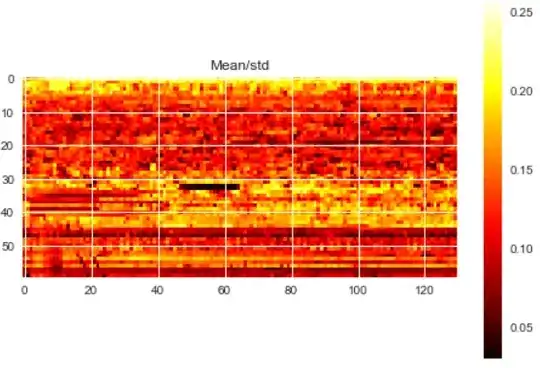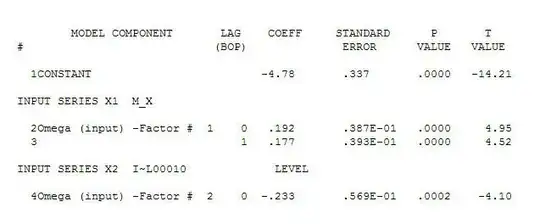I was trying to generalize the triangular distribution over $[0,1]$ to get a distribution that has the same unimodal structure and the same density of $0$ at the bounds, but where the spread of the distribution can be controlled using a parameter. So I came up with a distribution that is defined by
$f_{c,k}(x) = \begin{cases} \frac{(k+1)x^k}{c^k} \text{ for } x \leq c\\ \frac{(k+1)(1-x)^k}{(1-c)^k} \text{ for } x > c \end{cases}$
with $c\in[0,1]$ defining the mode and $k\in \mathbb{R}_{>0}$ defining the spread of the values.
If I did not mess up the integrals, this should actually be a valid distribution.
It is clear that the mode of this distribution is $c$ and I was also able to get an expression for the mean (don't have my notes with me right now). It seems variance should also be defined, but I haven't worked it out, yet.
Is this distribution known and does it have a name? I couldn't find anything about this both via google or wikipedia.
EDIT:
Here are some plots to indicate what this distribution looks like.
At $k=1$ this is just the triangular distribution:
If $k>1$ then the flanks of the distribution become steeper, therefore centering the values:
If $k<1$ then the flanks of the distribution become wider, therefore allowing for a larger variance of the values:


